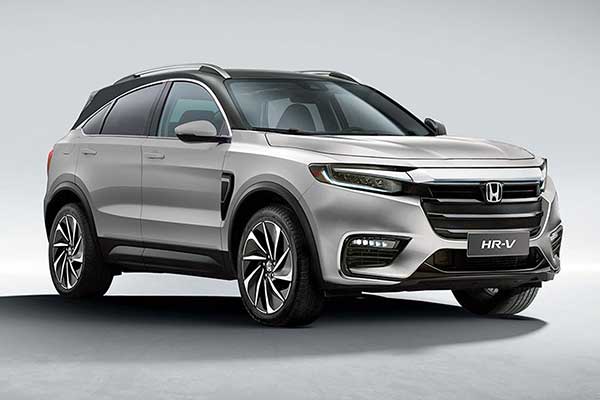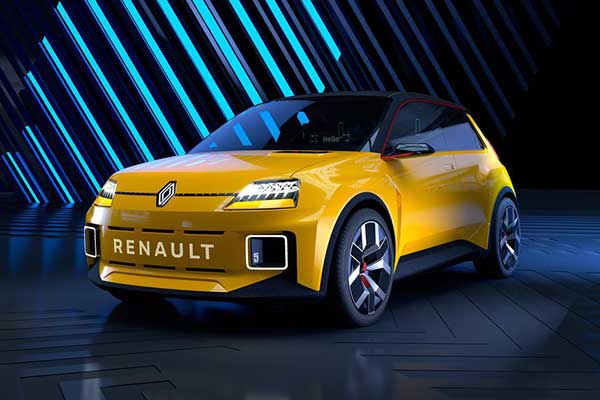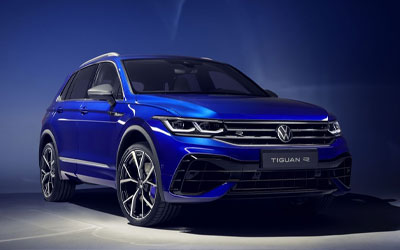In recent years, electric vehicles (EVs) have gained immense popularity due to their eco-friendly nature and cost-efficiency. With the global shift towards sustainable transportation, more and more people are making the switch to electric cars. One of the primary concerns for EV owners is how to charge their vehicles conveniently and efficiently. In this blog post, we’ll provide a comprehensive guide on how to charge an EV car, covering various aspects and addressing the most trending keywords in the electric vehicle industry.
Charging Types:
There are three primary methods for charging an electric car: home charging, public charging stations, and fast charging. Let’s delve into each of these options.
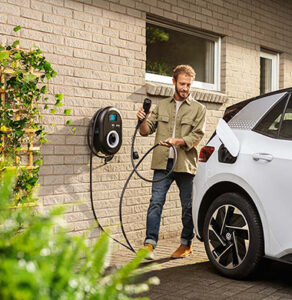
1. Home Charging: The most convenient and cost-effective way to charge your EV is at home. All you need is a dedicated electric vehicle supply equipment (EVSE) or a Level 2 charging station. This ensures a safe and efficient charging process in the comfort of your home, with the added benefit of charging overnight when electricity rates are typically lower.
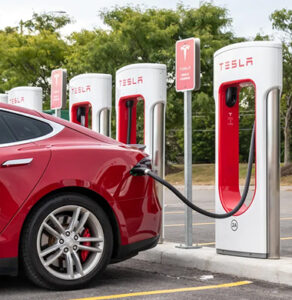
2. Public Charging Stations: Public charging stations are widespread, and you can locate them using various apps and websites. Level 2 chargers are more common at public stations and offer faster charging than a standard household outlet. Depending on your car’s battery size and the charger’s power, it can take a few hours to charge your EV fully.
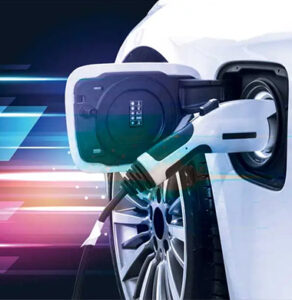
3. Fast Charging: For quicker top-ups during long journeys, fast charging stations (Level 3 or DC fast chargers) are your best bet. These can charge your EV to 80% capacity in as little as 30 minutes. While not as common as Level 2 chargers, their availability is growing rapidly along highways and in urban areas.
Charging Times:
Charging times depend on your car’s battery capacity, charger type, and the current state of charge. Typically, it takes 8-12 hours for a full charge with a Level 2 charger at home. Public Level 2 chargers might take a bit longer. Fast chargers, as mentioned earlier, can significantly reduce charging times, making them ideal for on-the-go charging.
Charging Etiquette:
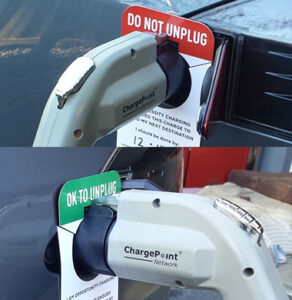
When using public charging stations, it’s essential to be mindful of others. Here are some charging etiquette tips:
- Move your car promptly once it’s fully charged to free up the station for others.
- Don’t unplug someone else’s EV unless they’ve finished charging or agreed to it.
- Avoid blocking charging stations with non-EVs or ICE (Internal Combustion Engine) vehicles.
- Be patient and considerate, as public charging stations can sometimes have queues.
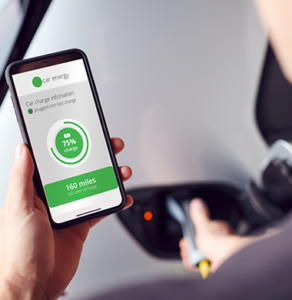
Charging Apps and Services:
To make your EV charging experience more convenient, consider using apps and services that help you locate nearby charging stations, check their availability, and even pay for charging sessions through your smartphone. Some popular options include PlugShare, ChargePoint, and Electrify America.
Charging at Home:
For those who primarily charge at home, it’s essential to ensure your home charging setup is adequate. Consult an electrician to install a Level 2 charger and ensure your electrical panel can handle the additional load. You may also qualify for government incentives or rebates for EVSE installation.
In conclusion, charging an electric vehicle is a straightforward process that becomes second nature with experience. Whether you’re charging at home, using public charging stations, or fast charging on the road, the key is to plan ahead and take advantage of the growing EV infrastructure. As the world continues to transition to sustainable transportation, understanding how to charge an EV car is a valuable skill that benefits both you and the planet.


